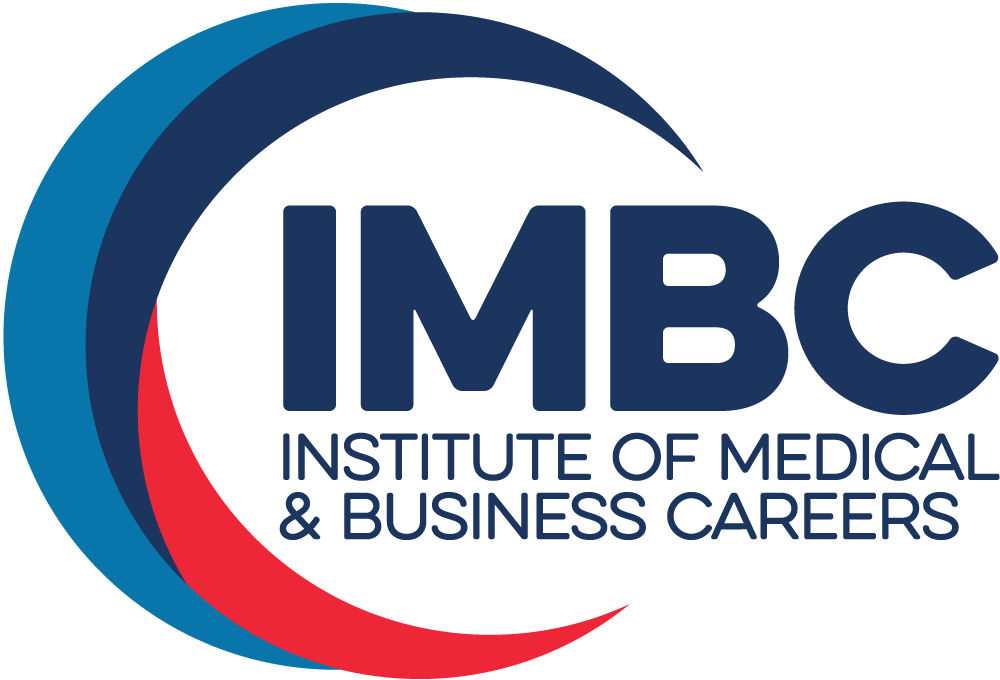Demand for medical assistants is on the rise as the healthcare industry prepares to serve the needs of an aging population. Many people are considering becoming a medical assistant as a way to start a career in the healthcare industry without expensive and costly educational barriers. However, some may find that they’re unclear on the exact role medical assistants play in patient care – a crucial question in determining if being a medical assistant is the right profession for you.
In this article, we’ll try to shed light on this topic by explaining the most common ways that medical assistants interact with patients and contribute to providing excellent patient care.
Patient Interaction in Medical Assistant Jobs
While medical assistant jobs typically include many tasks where you may only interact with other medical facility staff, there are also important patient-facing aspects to the role. Let’s break them down.
1. Vital Communication
Because medical assistant jobs require personal contact with patients, good medical assistant programs teach students essential communication skills. Medical assistants perform the vital role of being the patient’s first and last contact with the healthcare provider. Accordingly, their patient communications need to be positive and effective.
Medical assistants achieve effective communication by guiding patients about what to expect from appointments. Besides communicating this information, good medical assistants express support and compassion for patients needing reassurance regarding their health and appointments.
2. Empowering Patients
By communicating with patients, medical assistants do more than just help put patients at ease: they also empower patients to take ownership of their own well-being and increase their confidence about their care plan. They might do this by explaining medical terminology, how patients can manage their health situations, and how to source follow-up care. Helping patients and caregivers manage patient health may also mean sharing brochures about antibiotics and probiotics, dressing and cleaning wounds, following diet plans, or how to take prescription medications.
3. Basic Clinical Duties
Medical assistants might be called upon to perform a variety of clinical tasks, which are typically taught in medical assistant programs at reputable institutions. These can include:
- Observation of obvious physical symptoms
- Taking notes of symptoms like confusion, neuromuscular concerns, inflammation, and similar health issues and sharing these with doctors and nurses
- Checking vital signs
- Taking stool or blood samples for testing
- Removing stitches
- Administering vaccinations
- Testing for strep throat, mono, and other common infectious diseases
- Overseeing electrocardiograms (EKGs)
4. Following Up
The work of a medical assistant doesn’t end when the patient leaves the clinic or doctor’s office. Medical assistants play an important role in maintaining contact with patients after and in between visits to medical facilities. Medical assistants are often responsible for making follow-up calls to remind patients about scheduled appointments or help them with accessing specialized care.
Training to Provide Excellent Patient Care with Medical Assistant Programs
If you want a job where you have the satisfaction of making a difference without needing to spend years and go into debt to prepare, medical assisting might be the career for you. With the Medical Assisting Technician (A.S.T.) at IMBC, you can be job-ready in as little as a year and a half. Get in touch with us today and start your journey towards a career making a difference in the lives of patients.
